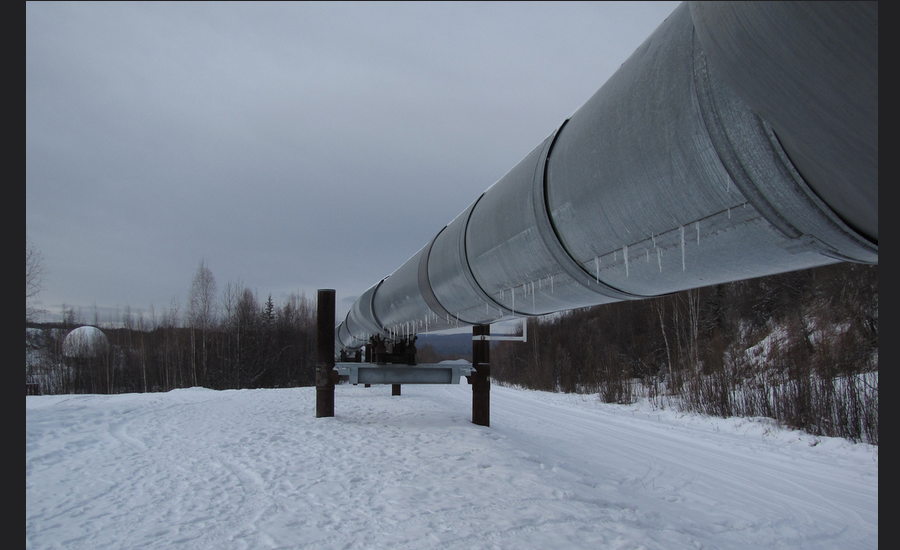The most destructive blasts have killed at least 135 people, injured 600 and caused $2 billion in damages since 2004, according to USA TODAY.
The death toll includes:
- The explosion that leveled part of a New York City block in East Harlem in March, killing eight and injuring 48 more.
- A blast that flattened the concrete floors of an apartment building in Birmingham, Ala., killing one woman in December.
- A flash fireball in 2012 that left an Austin man dead, a scarred foundation where his house once stood and debris strewn across yards of his neighbors.
The gas leaks that fueled those blasts are not uncommon. Neither is the cast-iron pipe — some of it more than a century old — that is the chief suspect in each of those three explosions and many others, according to the investigation by USA TODAY and affiliated newspapers and TV stations across the country.
And those totals don't include tens of thousands more hazardous gas leaks that were caught before disaster struck.
The causes are many and complex, and often outside of the utility company's control, from construction workers hitting a gas pipe while digging to weather. But one nagging concern persists: aging bare-metal gas pipes that are susceptible to rust and corrosion, which can lead to leaks.
A review of federal data shows there are tens of thousands of miles of cast-iron and bare-steel gas mains lurking beneath American cities and towns — despite these pipes being a longtime target of National Transportation Safety Board accident investigators, government regulators and safety advocates.
The Pipeline and Hazardous Materials Safety Administration has been pushing gas utilities for more than a decade to replace aging pipes with more resilient materials like plastic, though it's not required by law.
Aging pipes are a high-risk example of the nation's struggle to replace its crumbling infrastructure, a danger hidden beneath the ground until a pipe fails or is struck by something and a spark ignites a monstrous blast. Natural gas is piped into 67 million homes and at least 5 million businesses, schools and other buildings across the country, with gas distribution and service lines snaking beneath most neighborhoods in American cities.
Leaking gas accumulating in buildings, basements and crawl spaces — if ignited — can explode with a force akin to a small but concentrated earthquake. The rapidly expanding pressure can blow out windows, roofs and support beams, collapsing buildings in an instant.
In dozens of cities examined by USA TODAY and affiliated journalists, gas company and state records show that replacing old pipes will take 10 to 20 years in some communities, but stretch out beyond a half-century in others.
Asked if that's fast enough, Cynthia Quarterman, director of the federal Pipeline and Hazardous Materials Safety Administration, said, "Personally, no, not for me."
Quarterman said that while there has been progress replacing pipe in many states, her agency will continue using its bully pulpit to pressure utilities and state agencies to move faster. For instance, every year, her agency posts updated figures showing how much troublesome pipe remains in the systems of every utility and state.
The agency also enforces a federal law requiring gas utilities to file Distribution Integrity Management Plans with state pipeline regulators, outlining the biggest threats to their pipe networks and what they're doing to make sure gas leaks don't threaten people or property.
However, PHMSA doesn't have the authority to require replacement by a specific date. "That's a question Congress will have to answer," she said.






